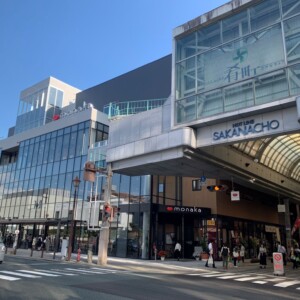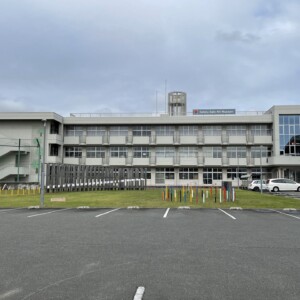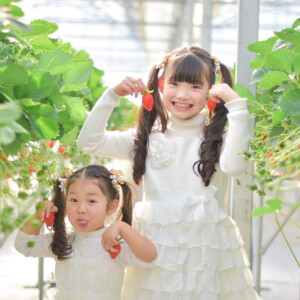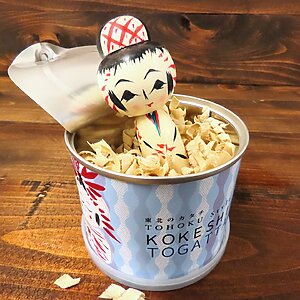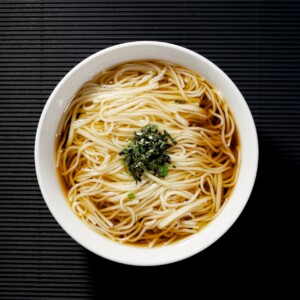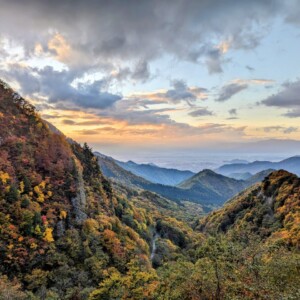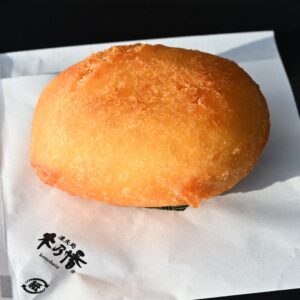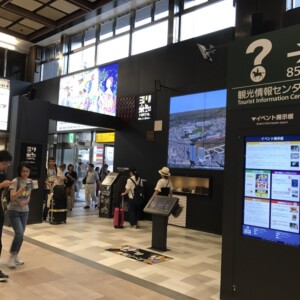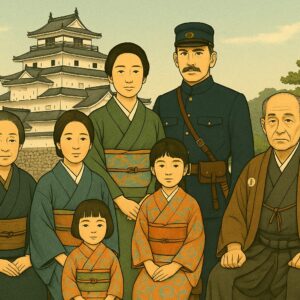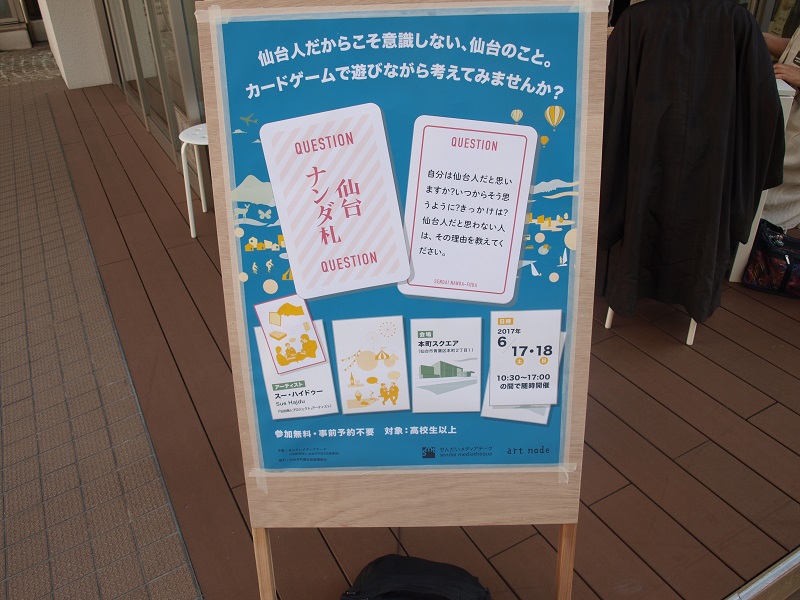
Card game “Sendai Nanda Fu” event report that takes you on a journey of thought
table of contents
On June 17th and 18th, 2017, a card game called "Sendai Nanda Fudashi" was held at Honmachi Square.
This was part of an art project called the Sendai Merchants Project, and was an event to deepen people's feelings for the city of Sendai.
I participated in this event myself and wrote a report on it.
What are the Sendai Nanda Tags?
Sendai Nanda Fudashi is a card game where victory or defeat is decided through dialogue.
Each table can accommodate 2-6 players. Players
gather around a sheet with cards laid out on it to play.
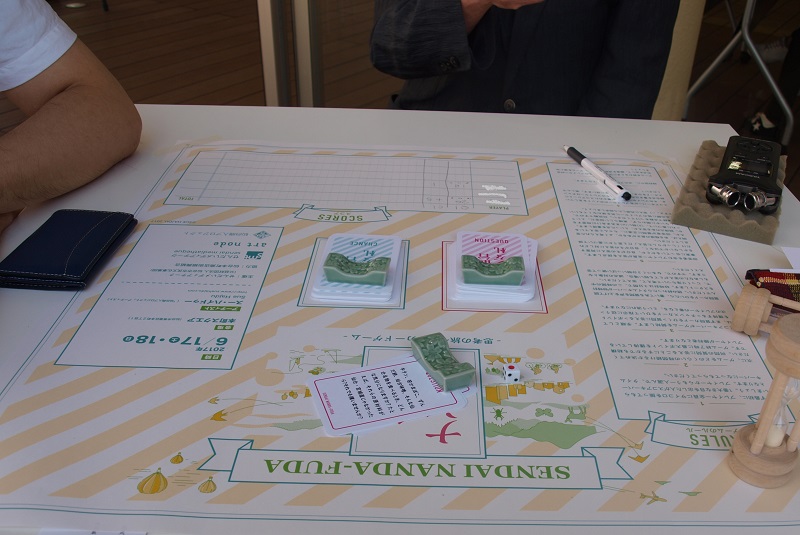
The rules are simple.
First, all players roll the dice and decide who will be the scorekeeper and timekeeper.
After deciding how many rounds to play, players take turns drawing a question card and answering the question written on it in three minutes.
All participants then score the answers.
whether it
is a solid answer." -choice format: if you think it's a great answer, you get 10 points, if it's okay you get 6 points, and if you think it's weak you get 2 points.
Also, if your answer is too short for the time limit, points will be deducted.
Once the scores have been calculated, participants draw a chance card and follow the instructions written on it. There are
a variety of chance cards, ranging from cards related to scoring, such as "increase score by 5" or "decrease score by 5," to more unusual cards, such as "ask the same question to another person," which adds to the excitement of the game.
Once the game has been played the number of times initially decided, the points are tallied and the player with the highest total score wins
I actually tried it!
So, I actually tried it myself!
The first game was just a test run, so I only played one round.
The participants were myself, a friend who accompanied me as a photographer, and a member of the public.
The first card I drew was
"How do you feel when you eat Sendai specialties like beef tongue, sasa-kamaboko, zunda mochi, and Sendai miso? For example, what if the ingredients weren't produced in Sendai or Miyagi? Would that be okay?"
The question was:
I love the Sendai specialties... I can say that it feels good, but what if the ingredients aren't from Sendai or Miyagi...?
In fact, isn't beef tongue made with American beef tongue, not Sendai beef, in the first place?
My thoughts were racing around in my head.
But the time limit was running out!
In the end, the answer I came up with was,
"The beef tongue is from America, but it's made by a craftsman in Sendai, so it's delicious! So it doesn't matter!"
That's the summary.
The Sendai Nanda question cards seem to have some twisted questions about Sendai written on them.
The perfect score is 30 points!
And what about the chance cards?
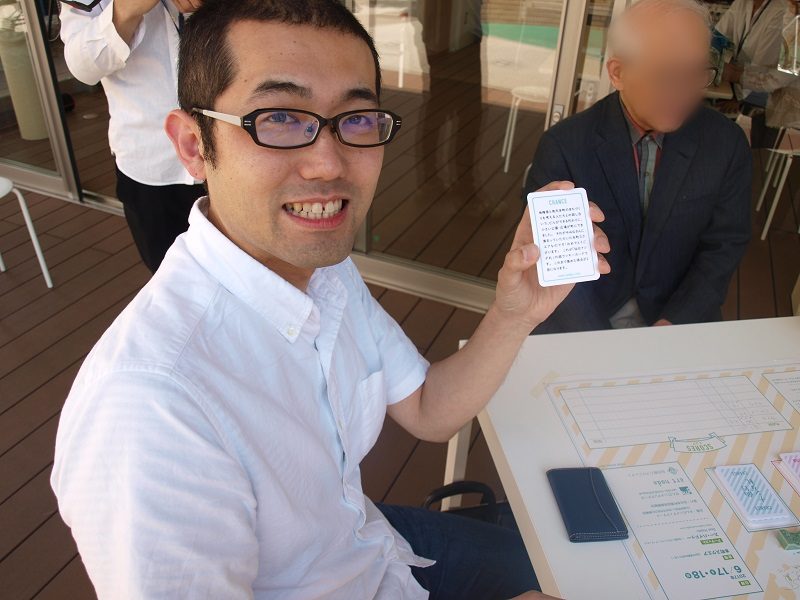
Double points!
A total of 60 points, a crushing victory!
However, more than the outcome of the competition, the most rewarding thing was the old Sendai stories I heard from ordinary people.
People who have lived in Sendai for a long time told me all sorts of stories through questions and answers.
For someone like me who has lived in Sendai for just over 20 years, it was an extremely valuable experience.
After that, we enjoyed another game, and I finished it in about an hour.
At first, everyone could only give good-student answers, but as the number of times we played increased, I was able to hear many of the "true words" that people had about Sendai, including harsh opinions, opinions from unexpected perspectives, and even some funny answers, which was very impressive.
I got to talk to artist Sue Hajdu!
After playing the game, we had the opportunity to hear from Sue Haidu, the artist who created the Sendai Nanda bills
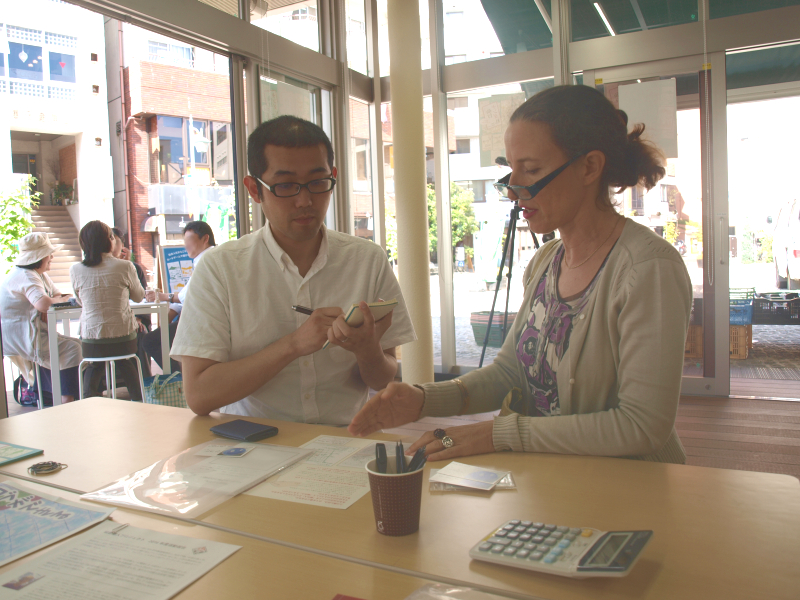
According to Sue, the idea for the Sendai Nanda Fuda came from a survey conducted by the Sendai Merchants Project. The
project aims to create a space for people to rediscover the identity of Sendai through relationships with time, the city, and people, with "Sendai Merchants" as the keyword
As a starting point for the project, they interviewed people living in Sendai, and during that time,
"People who live in Sendai may not be able to explain what makes Sendai unique."
It seems that this was an awakening for him.
Date Masamune, Tanabata, beef tongue, sasakama, zunda mochi... there are many keywords that describe Sendai, but to be honest, I'm not confident enough to explain how they relate to me or what it is about them that makes them so appealing.
The Sendai Nanda Tags are art that gives people like me an opportunity to think deeply about the city of Sendai.
"Communication art is not just about the game, it's also about the participants themselves and their lives afterwards," says Sue. The
"new future for Sendai" that the participants of this event, including myself, are creating may also be part of the art that Sue is talking about.
The responses of those who participated in the Sendai Nanda Fuda will be compiled by the Sendai Art Node Project and will be presented as an exhibition event around October 2017.
If you're interested in the participants' responses and my own, please wait for the official announcement on the Art Node website!
INFORMATION
| name | Sendai Art Node Project |
| Official URL | https://artnode.smt.jp/ |



